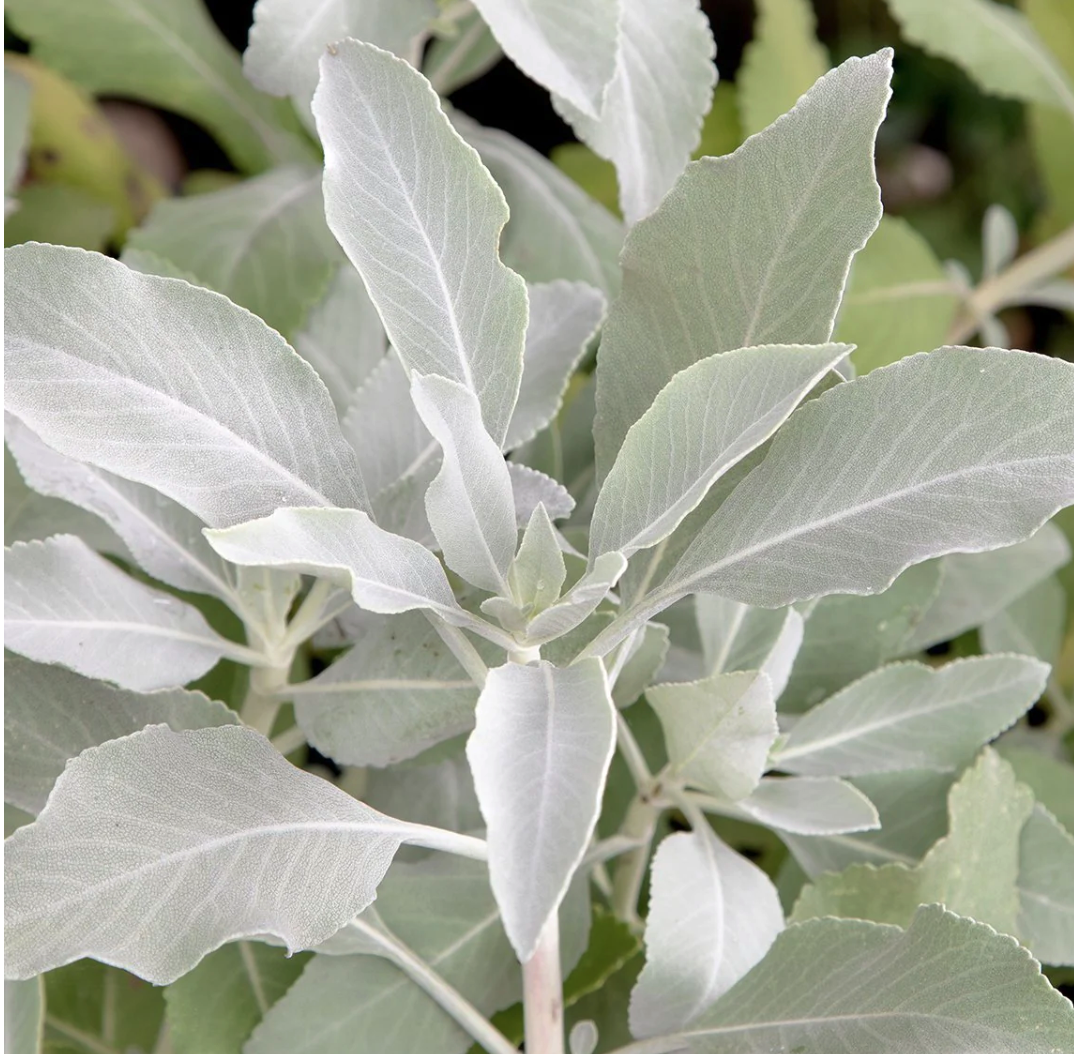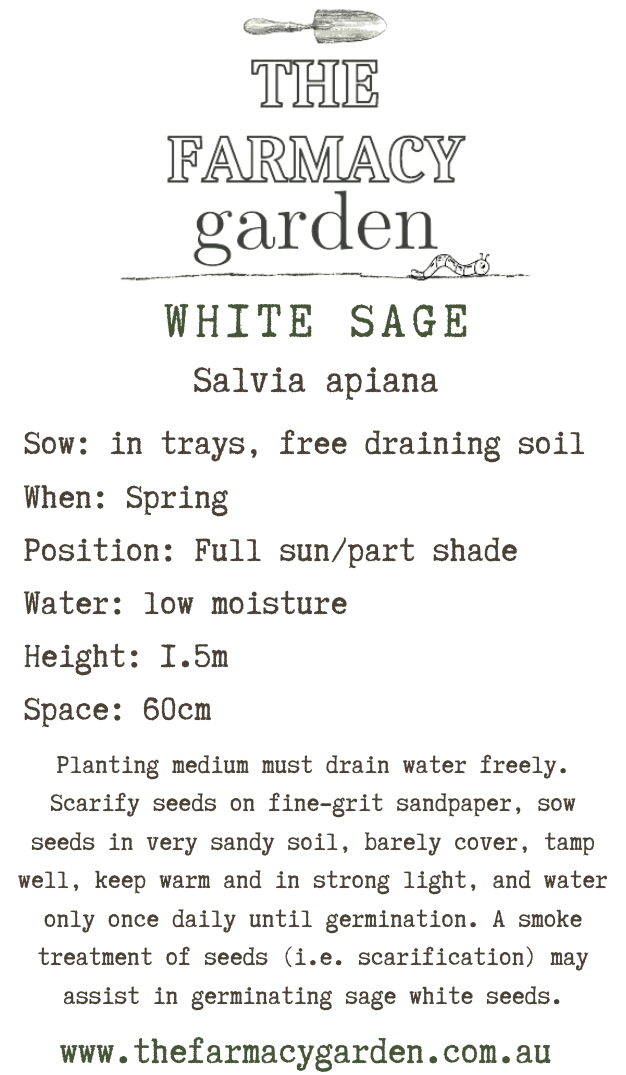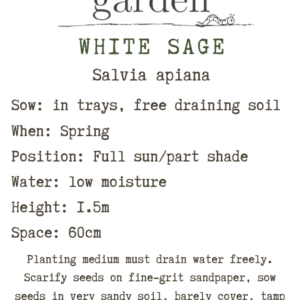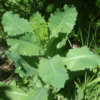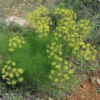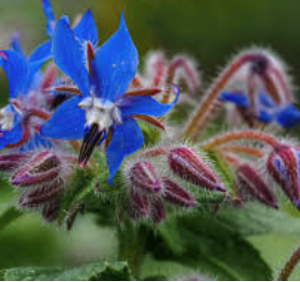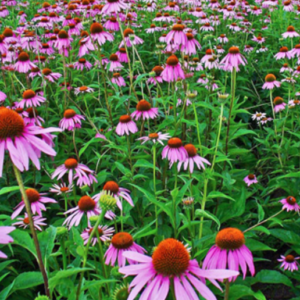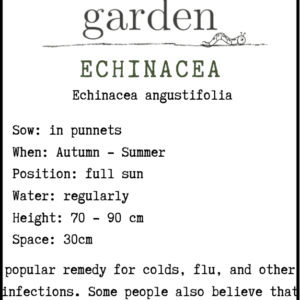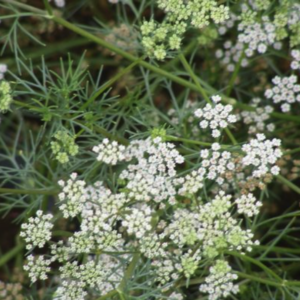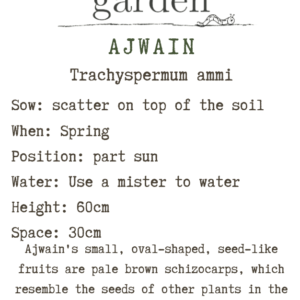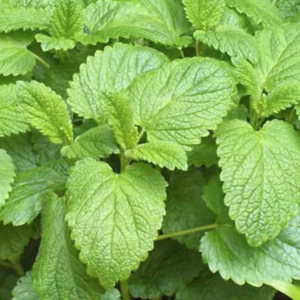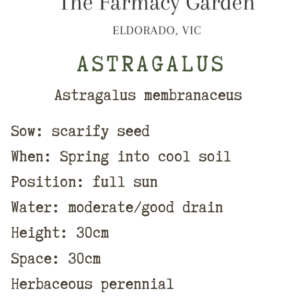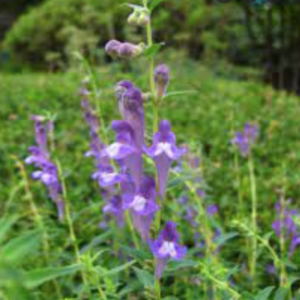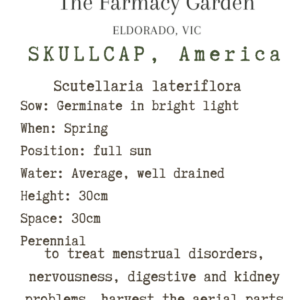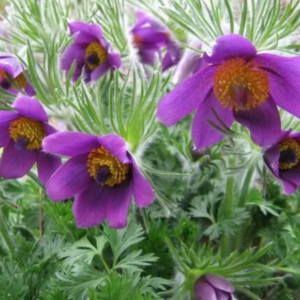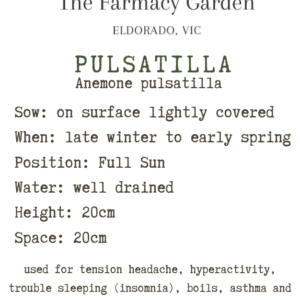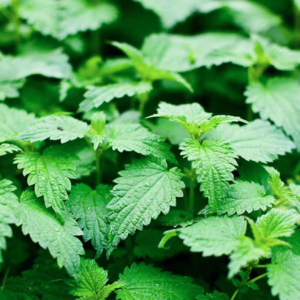White Sage Seeds, Salvia apiana
$6.50 Original price was: $6.50.$4.50Current price is: $4.50.
Salvia apiana seeds, A dramatic tall-growing evergreen salvia from California. Its striking silvery-white foliage emits a powerful sage fragrance when bruised – this is the ‘smoking sage’ that is used in important ceremonial purifying rituals by Californian First Nations people
Salvia apiana, A dramatic tall-growing evergreen salvia from California. Its striking silvery-white foliage emits a powerful sage fragrance when bruised – this is the ‘smoking sage’ that is used in important ceremonial purifying rituals by Californian First Nations people.
Impressive wands of white flowers with tiny mauve spots can rise up to 180cm above the plant in spring with each spike bearing hundreds of blossoms. A favourite with birds and bees, this sun-loving, dry-tolerant perennial makes a strong focal point in any water-wise garden, even at night when its silvery appearance is reflective by moon or garden lighting. Useful for stabilising banks and slopes.
GROW: Requires free-draining, fairly dry soils and full sun. Drought-tolerant once established, excessive watering in dry months will cause plants to die. Particularly useful on banks and slopes or for stabilising areas subject to erosion.
- Scarification. Scarification is the process of removing some of the seed’s outer coating. To scarify white sage seeds, place them on a piece of fine-grit sandpaper and then take a sanding block and rub it lightly over the seeds.
- Heat. Keeping the soil and air temperature at 70 – 85 degrees is optimal.
- Light. White sage seeds need light to germinate. Use grow lights when starting seeds indoors.
- Sprinkle 15-20 seeds in each tray or pot. Then lightly press them into the soil.
- Mist the seeds with a spray bottle to keep the soil moist but not soggy.
While you will have seeds germinating in as early as 7 days, it can take much longer, even up to 21 days. In nature, it can take seeds a full year to germinate.
.
HARVEST: There are simple ways to harvest white sage to keep the plant healthy and growing. The easiest way is to pick individual leaves as needed. When harvesting larger amounts, make sure you cut the pliable part of the stem and not the woody section. Use sharp garden shears and cut just above a node. A node is the joint in the stem where side branches are growing. Cutting this top part off will encourage the side branches to continue growing.
Take only the top clusters of leaves and never more than 1/3 of the plant at a time. Harvest leaves and sprigs before the plant starts flowering. Spread them out and allow them to air dry before wrapping them into bundles or storing them.
USE:
White sage is prized for its use in herbal remedies, energy work, and healing ceremonies.
- In traditional medicine, white sage was boiled in water to make a strong-scented liquid for washing the body. The antibacterial effect helped to eliminate body odors and decrease sweating.
- Dried leaves are traditionally burned as incense, known as smudging. The smudging process involves lighting smudge sticks (tightly wrapped bundles of dried sage leaves), blowing them out, and allowing the smoke to escape into the air.
- White sage is known for its ability to ease cold symptoms such as congestion and sore throat.
- Steam inhalation can relieve congestion and ease cold symptoms. Boil sage leaves for 5-10 minutes, and then with a towel over your head, breathe in the aromatic steam.
- Steep a few leaves in boiling water to make a hot tea with lemon and honey.
- White sage can be infused into oils to make massage oils, ointments, body butters, salves, and lip balms.
- Because of its high eucalyptol content, a strong infusion can be used as a gargle for a sore throat.
- Traditionally, white sage was used to reduce hot flashes, probably due to its phytoestrogens.
- The medicinal properties of white sage make it a beneficial addition to a hot foot soak.
Related products
Flower Seeds
Medicinal Herb Seeds
Medicinal Herb Seeds
Flower Seeds
Medicinal Herb Seeds

